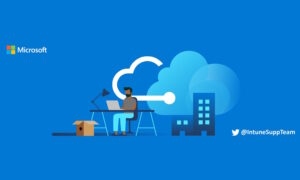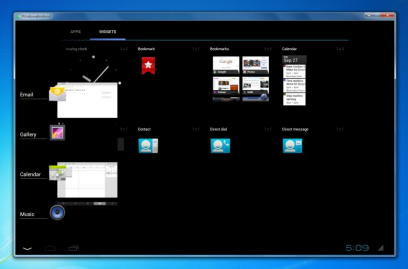
Get Android ICS natively on Windows 7 and 8
Running Android on Windows is not a new concept. It has been possible for sometime now, but it required the use of something like Virtual Box, or rival virtual machines. Now version 4.0.3, known more familiarly as Ice Cream Sandwich, has been ported to both Windows 7 and Windows 8. It runs natively, no virtual anything needed.
This is not exactly for everyone. For one thing, there is no Google Play Store, although the developers are working to add this rather important feature. For now you can side-load apps using the APK file.

Apple has a really BIG iPhone problem
Sales growth comes from the wrong places: iPhone 4 and China.
IDC and Strategy Analytics have released fourth-quarter phone shipments, which at first glance look good for Apple. While competitively behind Samsung, the fruit-logo company continues to gain smartphone market share -- in fourth quarter, respectively, 29 percent and 21.8 percent, according to IDC. But gains largely come from older models, particularly iPhone 4, despite the newest handset shipping in volume during the quarter. This demand says much about iPhone's perceived value, its successor's appeal and future carrier subsidies and the margins Apple gets from them.

Manage all of your downloads with EagleGet
Downloading is such a fundamental part of the online experience that you might expect every browser to include a quality download manager by default. The standard offerings are usually a little more basic, though, so if you’d like some help in, say, downloading online videos more easily, then you’ll need to install a specialist download manager like the new EagleGet.
This kind of tool is notorious for trying to drown your PC in adware during installation, but EagleGet is much more straightforward, for the moment at least: it’ll install itself, and nothing else at all. This might be because the program is still in beta, of course, but at the moment it’s safe to try.
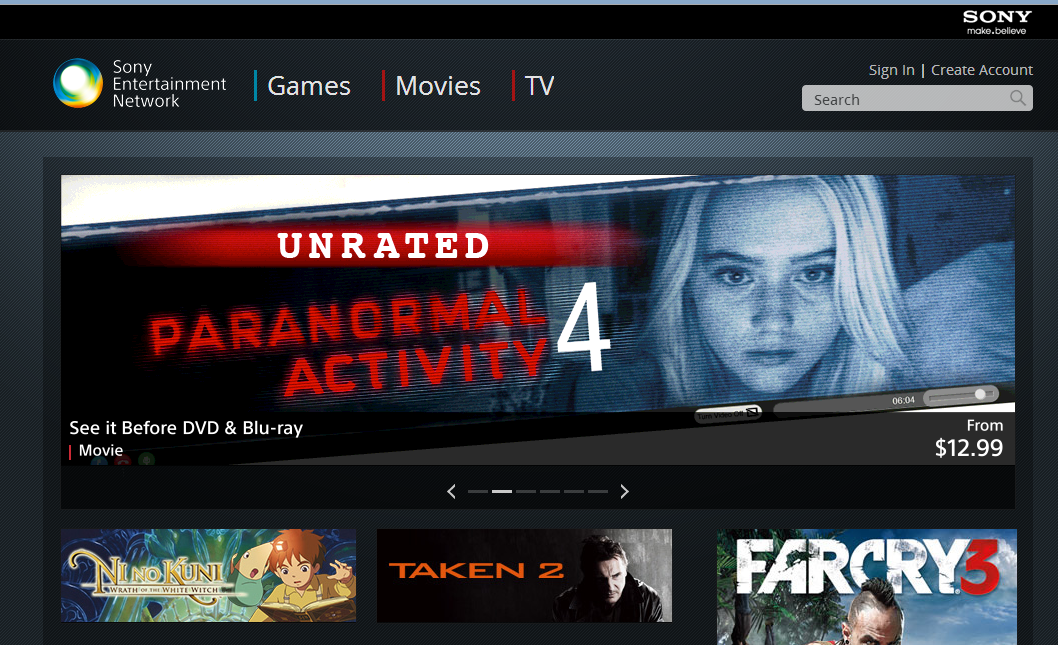
Sony Entertainment Network launches with movies, games and TV shows
If you are looking to cut the cord to your cable or satellite provider, you have an ever-increasing number of options to fill that sudden void. There's Hulu, Netflix and the recent Redbox Instant, and that's just a few of the big players. And now there's another option. Sony, still a giant in the entertainment business despite lagging profits, has launched its Entertainment Network in the United States, Canada, Mexico, and Brazil.
Sony has previously made some of its content available via its Crackle service, which can be accessed both online and through a mobile app. However, that service has a pretty limited amount of material, especially when compared to the new Sony Entertainment Network.

CCleaner 3.27 adds support for Internet Explorer Metro in Windows 8
Piriform has released CCleaner 3.27, a minor update for its popular Windows free cleaning tool. CCleaner 3.27, also available in portable form, basically adds updates for major new browser releases, including support for Internet Explorer Metro in Windows 8.
The release is joined by Speccy 1.20, a minor update of Piriform’s system information tool, which adds version number detection for a number of major apps.
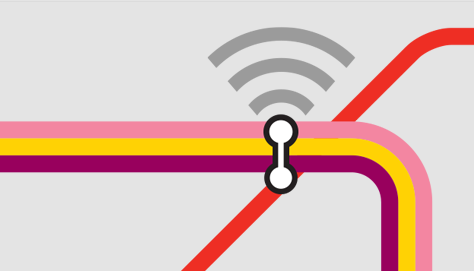
Virgin Media to begin charging for Wi-Fi on the London Underground
Introduced in time for last year’s Olympics, Virgin Media’s free Wi-Fi service has proven to be a big hit with people travelling on the tube, but all good things come to an end, and this particular gravy train is about to terminate. Well, for some people at least.
Although Virgin will be ending its free-to-all Wi-Fi service from Tuesday (29 January), the good news is if you’re a Virgin Media broadband or mobile customer, or are with EE (Orange and T-Mobile), or Vodafone, you’ll be able to continue to use it for gratis. So that’s bad news for O2 and 3 subscribers in particular.
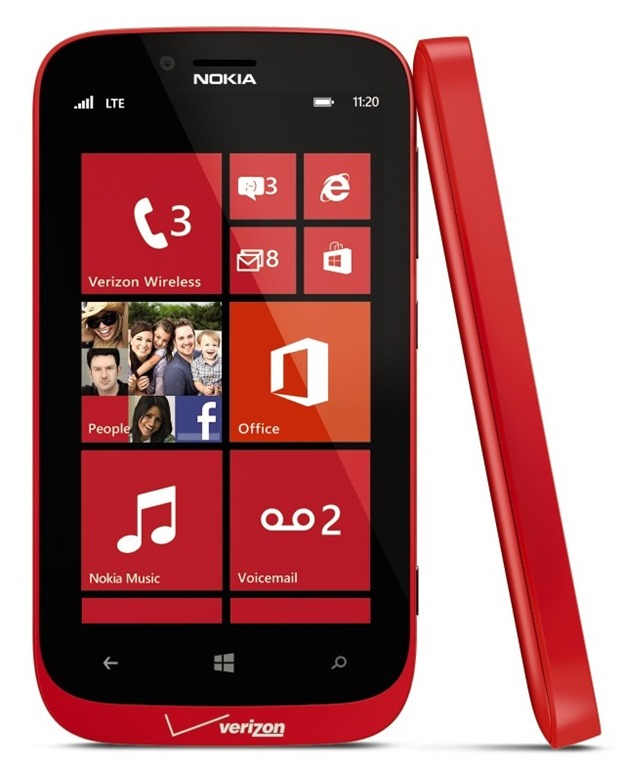
Verizon rolls out a flashy red Nokia Lumia 822 for lovers. And people who just like red
Valentine’s Day is coming and since nothing says "I love you" more than a Windows Phone, Verizon has decided to mark the occasion by debuting a red edition of Nokia's mid-range Lumia 822 smartphone. The choice of color will certainly help the handset stand out, seeing as the 822 is otherwise only available in sober shades -- black, white, and grey.
The small red is available to buy from Big Red now, either online, or from a Verizon Wireless retail store, and can be picked up for free on a new two-year contract.
The Windows Phone 8 model features 4G LTE connectivity, a 4.3-inch display with an 800 by 480 resolution, and a dual-core 1.5GHz Qualcomm Snapdragon S4 processor with 1GB of RAM and 16GB of internal storage. It also has an 8MP back-facing camera (capable of 1080p video recording at 30 frames per second) and a 1.2MP front-facing camera.
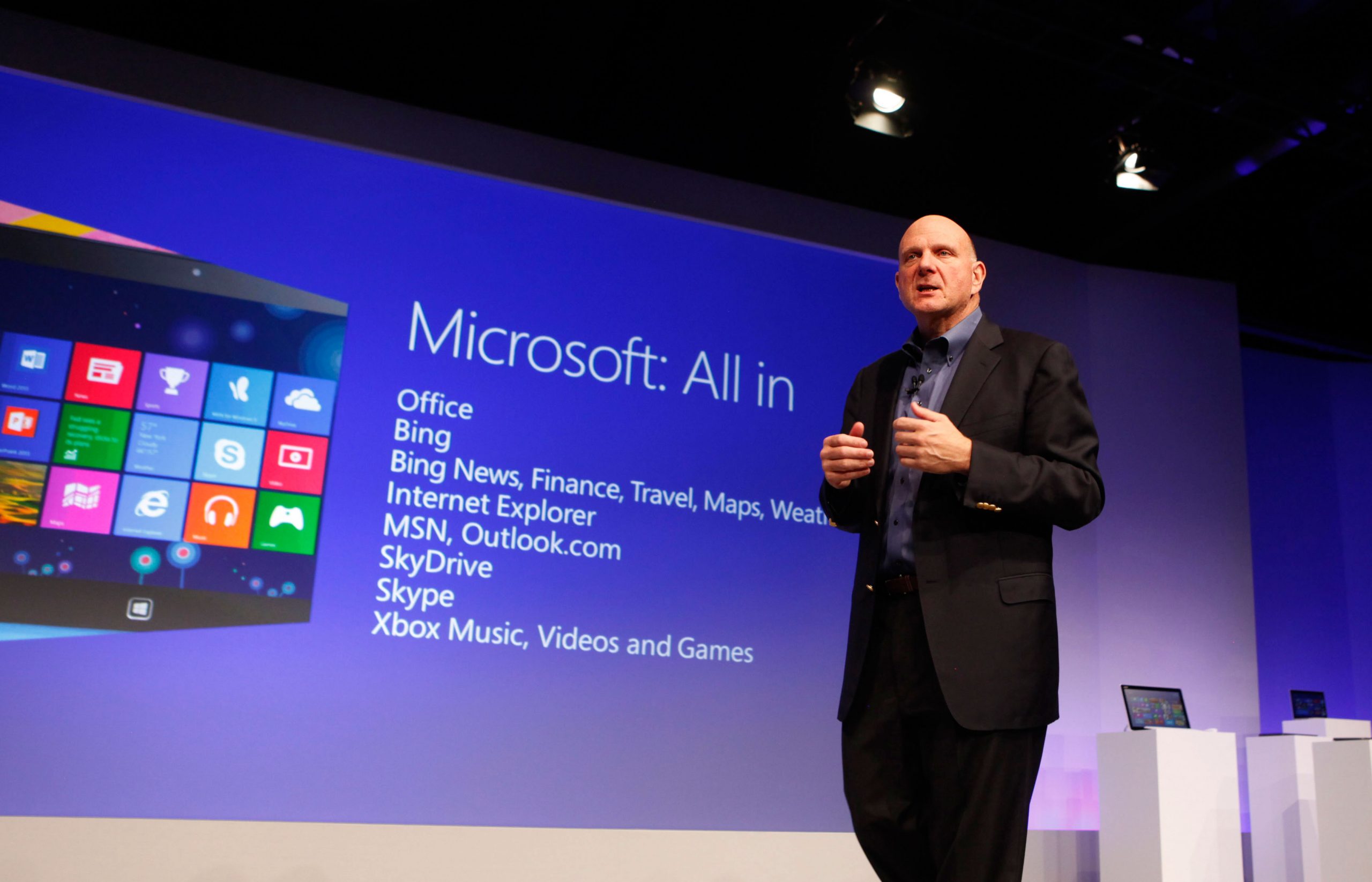
Why are Windows 8 sales so good when PC shipments are so bad?
All signs pointed to another disappointing quarter for Microsoft's Windows division. But, instead, with fiscal second-quarter results announced today, revenue rose 24 percent year over year. Meanwhile, PC shipments are down 6.4 percent during same time period, according to IDC, which doesn't seemingly reconcile with Windows OEM revenue rising 17 percent. What's up with that?
There is sense behind the numbers, which forebode potential trouble ahead the next couple quarters, unless PC shipments pick up or Microsoft hits a big home run with Surface Pro, which goes on sale February 9. Simply stated: The company got big lift by selling cheap Windows Pro upgrades, something that ends January 31. OEM increase is byproduct of PC makers stocking the shelves with new models. Neither is sustainable, raising question: Will Windows 8 be a one-hit wonder? Meaning: One quarter of sales greatness?

Quttera URL Scanner bulks up VirusTotal
VirusTotal.com is perhaps best known for its free virus detection service, which allows you to upload almost any suspect file for a speedy verdict from all the main antivirus engines (and several of the lesser ones, too). The service can also vet URLs for presence of malware, though, and VirusTotal has just extended this capability even further with the inclusion of a URL scanner from Quttera.
What’s interesting about Quttera is it’s not just another signature matching tool. Instead it uses a wide range of heuristic techniques to detect JavaScript exploits, suspect HTML code, malicious PDF files and exploits concealed in other content.

Microsoft Q2 2013 by the numbers: $21.5B, 76 cents EPS
Late this afternoon, Microsoft answered a question oft-asked by investors this month: What's up with Windows 8? The new operating system, which launched October 26, was supposed to lift sagging PC sales and demonstrate the capability to successfully compete with so-called post-PC platforms like Android and iOS. Now we know more. Windows & Windows Live revenue passed Business, making the OS division most-valuable again.
For fiscal second quarter, ended December 31, Microsoft revenue was $21.46 billion, up 3 percent year over year. Operating income: $7.77 billion, a 3 percent decrease. Net income was $6.38 billion, or 76 cents a share.

Do you think that all smart people actually work at Nokia, Qualcomm, and the X-Prize Foundation?
Third in a series. This is my response to the message from Qualcomm Tricorder X-Prize director Mark Winter, who said my objections to his contest design were without merit.
Let me make a point here: this isn’t about me receiving $10 million. We all know that’s not going to happen. It’s about designing a contest that actually encourages innovation. Please read on as I explain.
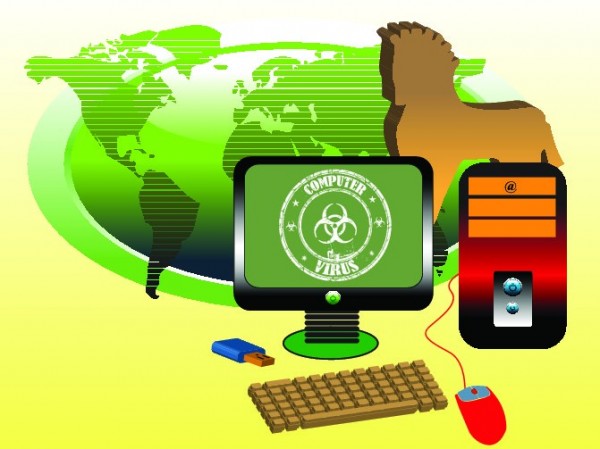
Guess which country leads the world in botnets?
Botnets are frequently in the news, most recently with Red October. Many of us think, perhaps smugly, that these things are based in locations like China and Russia, but the truth is, while some of the computers themselves may be there, these massive, distributed networks are being controlled from a location much closer to home for many of us -- the United States.
Benjamin Cruz of McAfee reports that the United States not only leads the world in this category, but has more than double the number of Russia and China combined. In fact, the two nations we frequently blame for attacks fall into fourth and tenth place on the list that Cruz published. British Virgin Islands and the Netherlands trail the United States, respectively.

Apple approves penis-measuring app for iPad and (less well-endowed) iPhone users
Apple used to be quite picky about what apps it let through into the App Store, but it’s relaxed the rules in recent times, and now we’ve reached the point where an app that lets you measure your member and see how you compare in the length and/or girth world rankings is perfectly fine.
Condom Size bills itself as an educational app designed to help users determine the proper condom size they need. It also includes educational tips, fun facts about condoms, and more.

X-Prize Foundation answers my tricorder competition complaints
Second in a series. This message from the X-Prize Foundation is in response to the letter I sent Qualcomm's CEO.
They seem to feel the contest is fine as-is and my objections are without merit.

There's something missing from Qualcomm's Tricorder contest
First in a series. I wrote a letter to Qualcomm CEO Paul Jacobs. This went out January 11th and was delivered on the morning of the 14th.
The response will be my next post.



